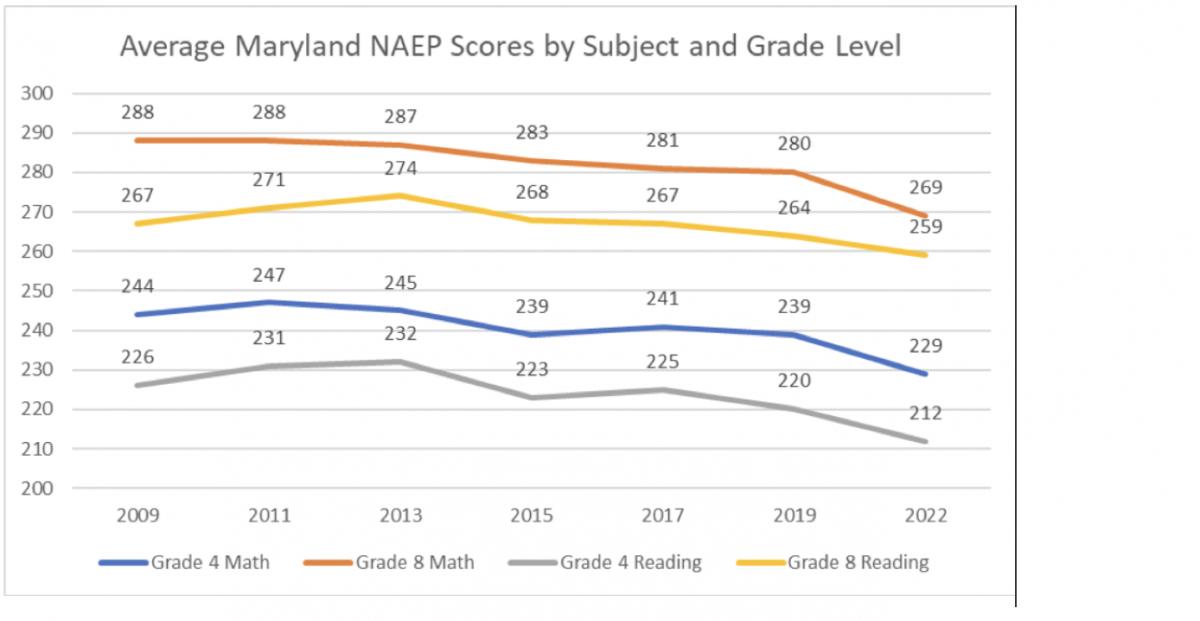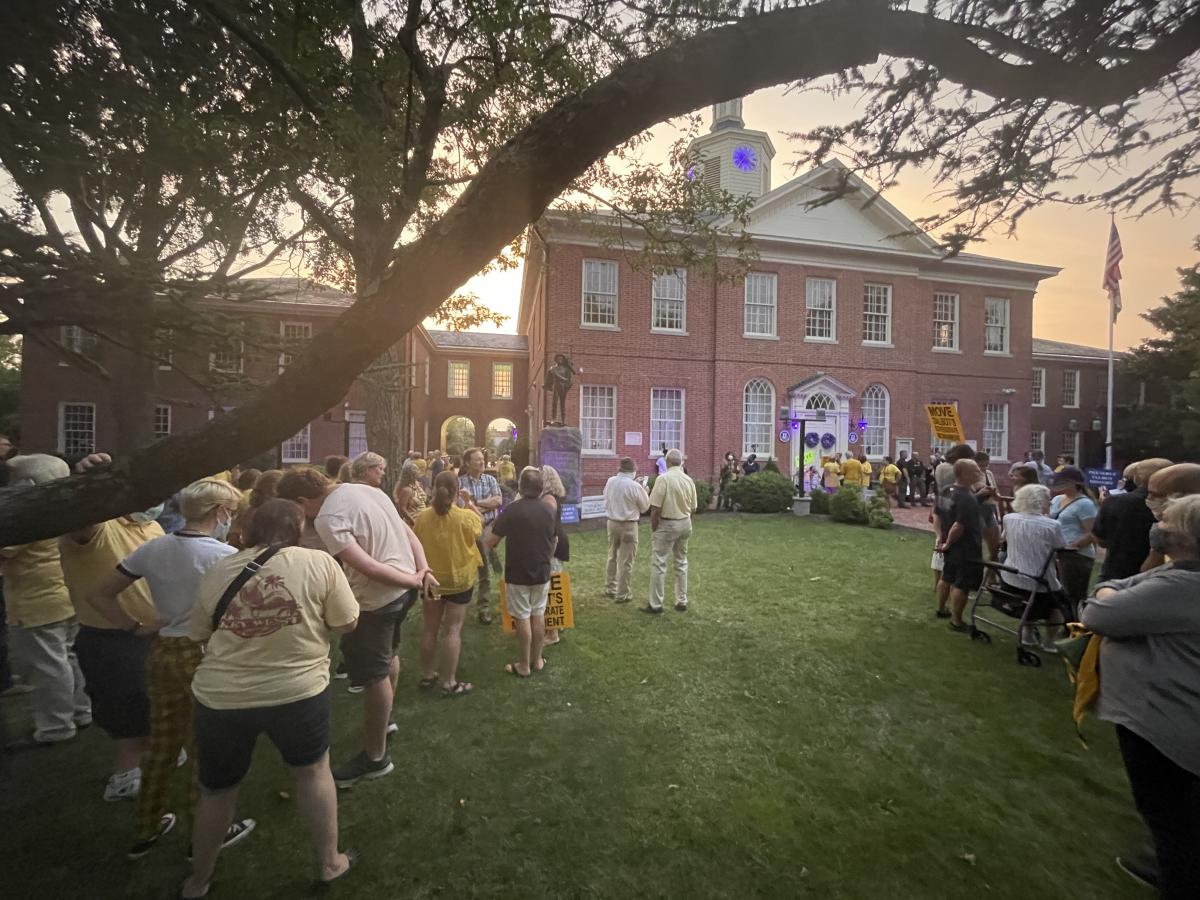
On October 9, 2023, the new Queen Anne’s County YMCA and Active Aging Center in Centreville will officially open to the public. A members-only soft opening of the new facility will be hosted on October 7th & 8th.
“They say nothing good ever comes easy, and a lot of folks have been working for this moment for nearly 15 years,” said Robbie Gill, YMCA of the Chesapeake CEO. “I’m so proud to be a part of a team of staff, volunteers, donors and community leaders that saw an opportunity to bring people together through the work of the Y and made this moment happen. This is truly a transformational moment for Queen Anne’s County.”
Due to forecasted inclement weather, the opening was pushed back one week to allow for laying pavement on the parking lot and other outdoor spaces.
The new 70,000 square foot YMCA/Active Aging Center is located across Route 304 (Ruthsburg Road) from Queen Anne’s County High School and next to the new Queen Anne’s County Government complex. It includes a six-lane indoor pool, wellness center, full-size gymnasium, indoor gymnasium and six indoor pickleball courts, multi-purpose spaces for programs and group-exercise classes, Stay and Play, kitchen, Active Aging Center offices, and a Career Development / Resource Center.
“We’re excited to partner with Queen Anne’s County as the facility will also serve as an Active Aging Center. This, combined with its central location near the high school and county services, creates unique and exciting programming opportunities to make a positive impact for years to come,” continued Gill.
A community open house will be held on Saturday, October 14th, and an official ribbon cutting is scheduled for Wednesday, October 18th.
The facility currently in use on Coursevall Drive will close on September 29th to facilitate the move to the new location. Members are encouraged to visit other YMCA of the Chesapeake branches during that week, which is a benefit of their Y Membership.
The Queen Anne’s County Family YMCA and Active Aging Center is welcoming new members and will be open Mondays through Thursdays from 5:00 a.m. to 9:00 p.m., Fridays from 5:00 a.m. to 8:00 p.m., Saturdays from 7:00 a.m. to 5:00 p.m., and Sundays from 10:00 a.m. to 5:00 p.m. More information, including membership rates and activity schedules, is available at www.ymcachesapeake.org or by calling 443-262-9994. As a not for profit 501(c)(3), the YMCA turns no one away due to the inability to pay providing financial assistance to any that substantiates a need.




